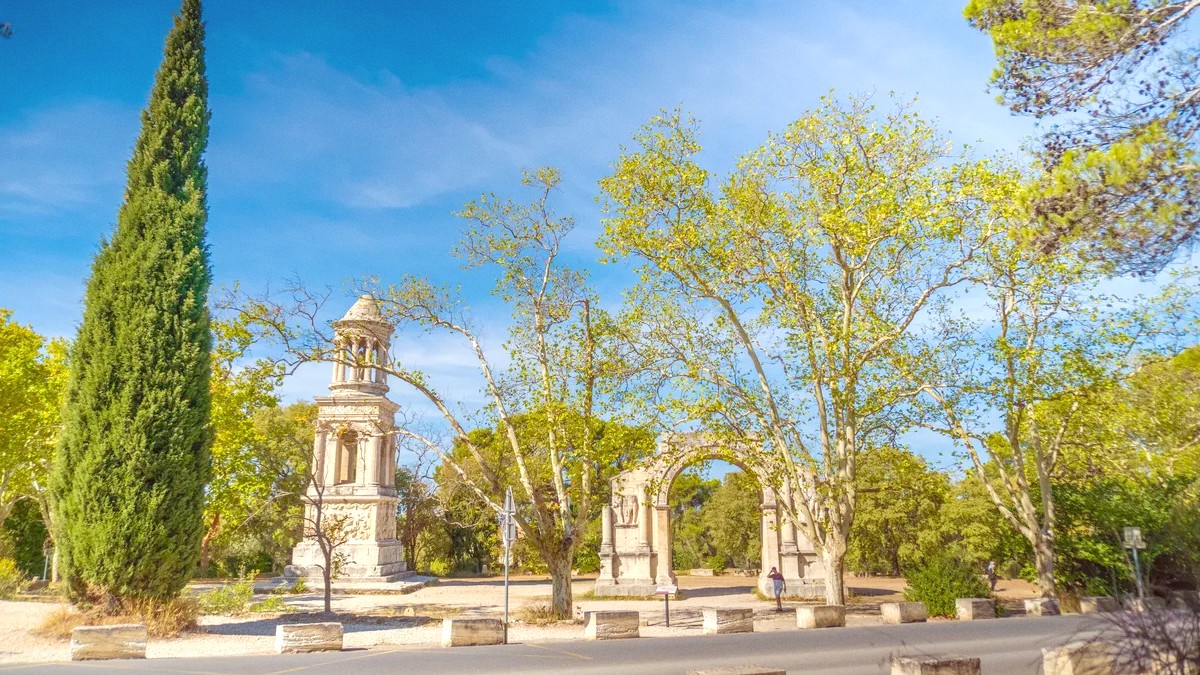
Provence, France
Several airports serve the region, each with different connection options. Skyscanner or Dollar Flight Club can help find routes.
Marseille Provence Airport (MRS) Car rental desks are available. The drive to Arles 45-60 minutes. Taxis outside the terminal cost around €100-€150. Other options are:
Flight frequency and prices vary by season. More frequent and generally more expensive during high season (June-August) and major festivals. Prices are lower in low season (winter).
Direct flights to MRS are from many major European hubs. From North America/Asia, flights arrive at Paris CDG/ORY, then high-speed TGV train to Avignon/Nîmes or connecting flight to MRS.
All major airports offer standard facilities: car rental, taxi stands, bus services, shops, restaurants, duty-free. MRS, as the largest, has the most comprehensive services.
Arles is a popular stop for multi-day Rhône River cruises. Cruise ships typically dock directly on the Rhône River, within easy walking distance or with shuttle services to the city center. This an unique and easy way to arrive.
The nearest major sea port is Marseille, approximately 80 kilometers away. Marseille serves as a significant hub for Mediterranean ferries (e.g., to Corsica) and large ocean cruise lines. There are no direct sea ferry services to Arles, as it is inland on the river.
For river cruise passengers, immigration procedures generally occur at the first port of entry into the Schengen Area. Once cleared, you freely disembark. From the river cruise docks, a simple walk takes you into the city center of Arles. Taxis are near docking areas if needed.
France has no specific exit fees or taxes for departing travelers beyond those typically included in airline ticket prices. All necessary taxes are generally incorporated into the total fare when purchasing your airline ticket.
Facilities at departure points vary by size and type. Plan your arrival time accordingly to make use of available services or to simply make your departure stress-free.
Confirm you have all necessary travel documents readily available. This includes your passport, boarding passes (printed or mobile), and any visa or onward travel confirmations.
Be aware of airport and train station security procedures. Follow instructions from security personnel and allow sufficient time for screenings.
Be aware of speed cameras ("radars") which are common. Drunk driving laws are strict, with low blood alcohol limits. Roundabouts are prevalent, and knowing how to navigate them is beneficial.
Roads in France are generally well-maintained. However, within the historic center of Arles, streets are narrow, winding, and often cobblestoned, which can be a bit tricky for larger vehicles.
Be aware of speed cameras and strict drunk driving laws. Always prioritize safety on the road.
Roundabouts are common. Yield to traffic already in the roundabout (unless signs state otherwise).
For non-EU citizens, an IDP is strongly recommended and often legally needed in addition to your national license.